The Prophecy of Raymond Carver’s “Errand”
Two years before his death from lung cancer, Carver wrote a story fictionalizing the death of Anton Chekov, from tuberculosis.
Please note that shipping will be slower than usual for orders placed between Dec. 24-Jan. 15! Thank you for your patience.

Two years before his death from lung cancer, Carver wrote a story fictionalizing the death of Anton Chekov, from tuberculosis.
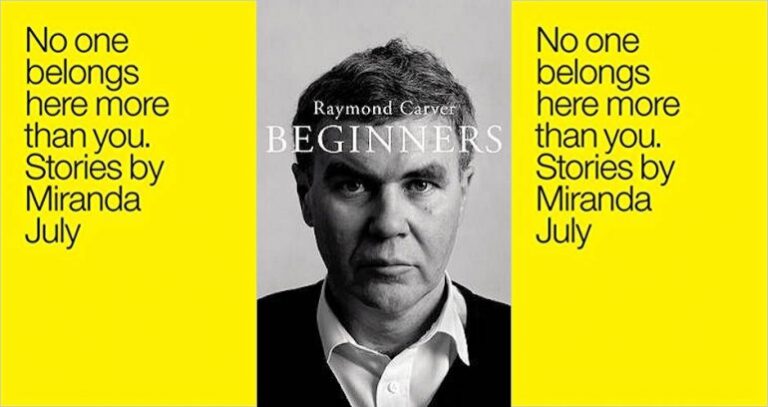
If one purpose of a frame story in a novel is to prime the reader to listen to what might be a long or meandering tale, what’s the purpose of a frame in a short story?

Although Raymond Carver’s “Fat” was written several decades ago, fat people are still often limited to existing and being written as metaphor and spectacle—fatness is a trope, a qualifier, a literary device. Fat characters are fat first.
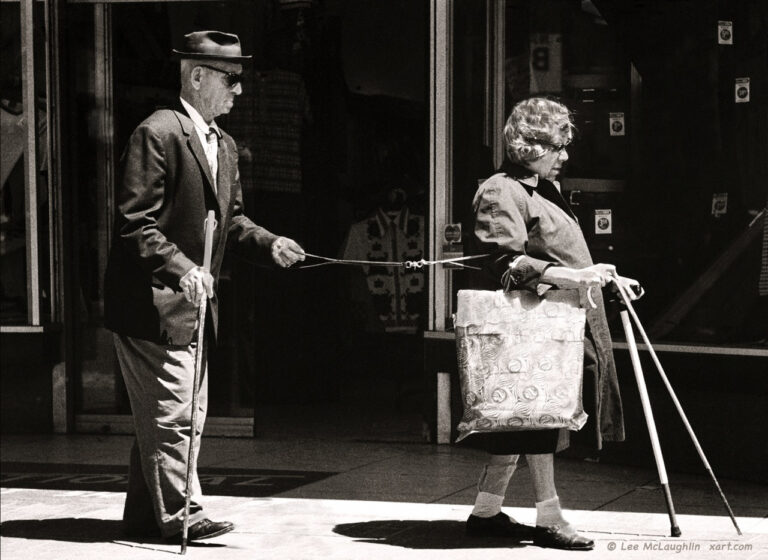
Raymond Carver insisted that his iconic masterpiece “Cathedral” was not based on a lesser-known D.H. Lawrence story entitled “The Blind Man,” and that he had not read the story prior to writing “Cathedral.”
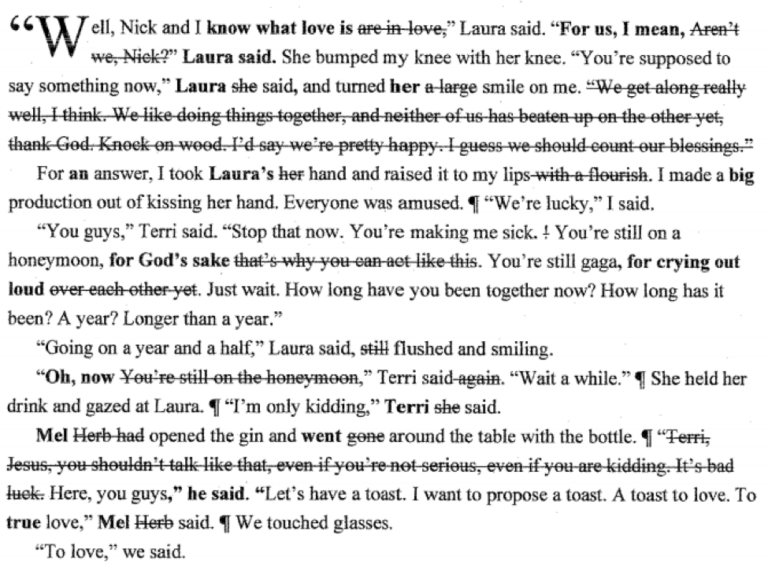
As the story goes, most of what American readers love about Raymond Carver is not the work of Carver at all.
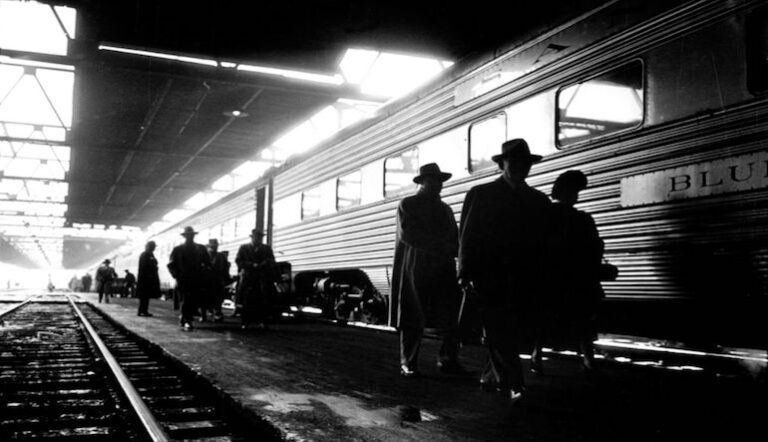
In 1983, Raymond Carver included “The Train” in his collection Cathedral; he dedicated the story to John Cheever. and from the first words of the story, where one of the characters from a Cheever story is named, we see that Carver’s story will be responding to Cheever’s classic tale.

Raymond Carver’s “What We Talk About When We Talk About Love,” is the classic titular story in his collection published in 1981. The original story, entitled “Beginners” was famously edited by Gordon Lish, and it is longer, containing more hope and introspection.
Some stories get their complexity from the weaving of plot twists, some from the myriad of possible outcomes facing a character making a tough decision. Some—Raymond Carver’s “Fat” for instance—gain their complexity by the layering of different stories on top of each other. Becky Adnot-Haynes, in “Thank You For the ________” (Hobart 15), is one…
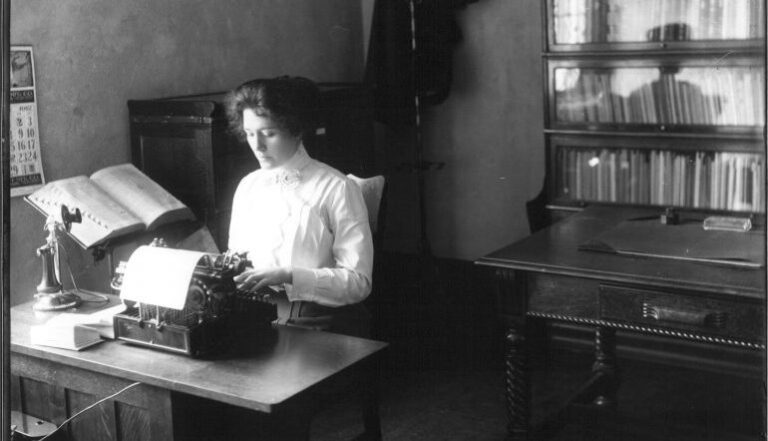
As a creative writing instructor, I get asked two questions more than any others. The first is easy enough to answer: “How do I find time to write?” There’s no secret here—set a schedule and get to your desk. The second question, however, continues to stump me, both as a writer and as a teacher. “How…
No products in the cart.